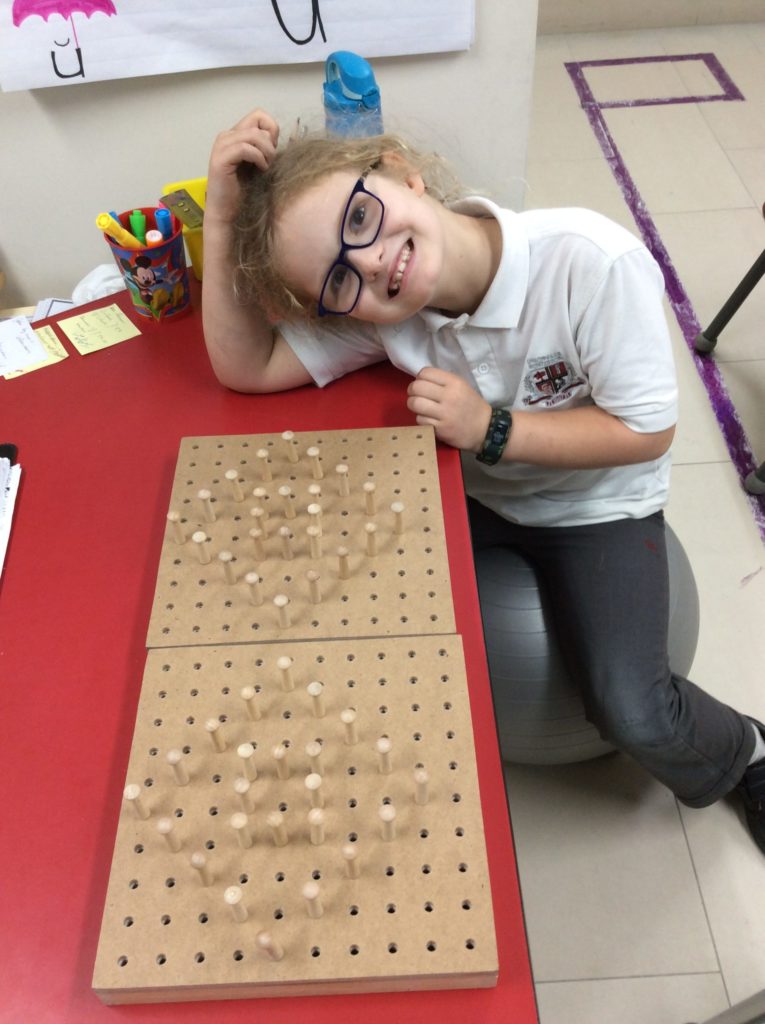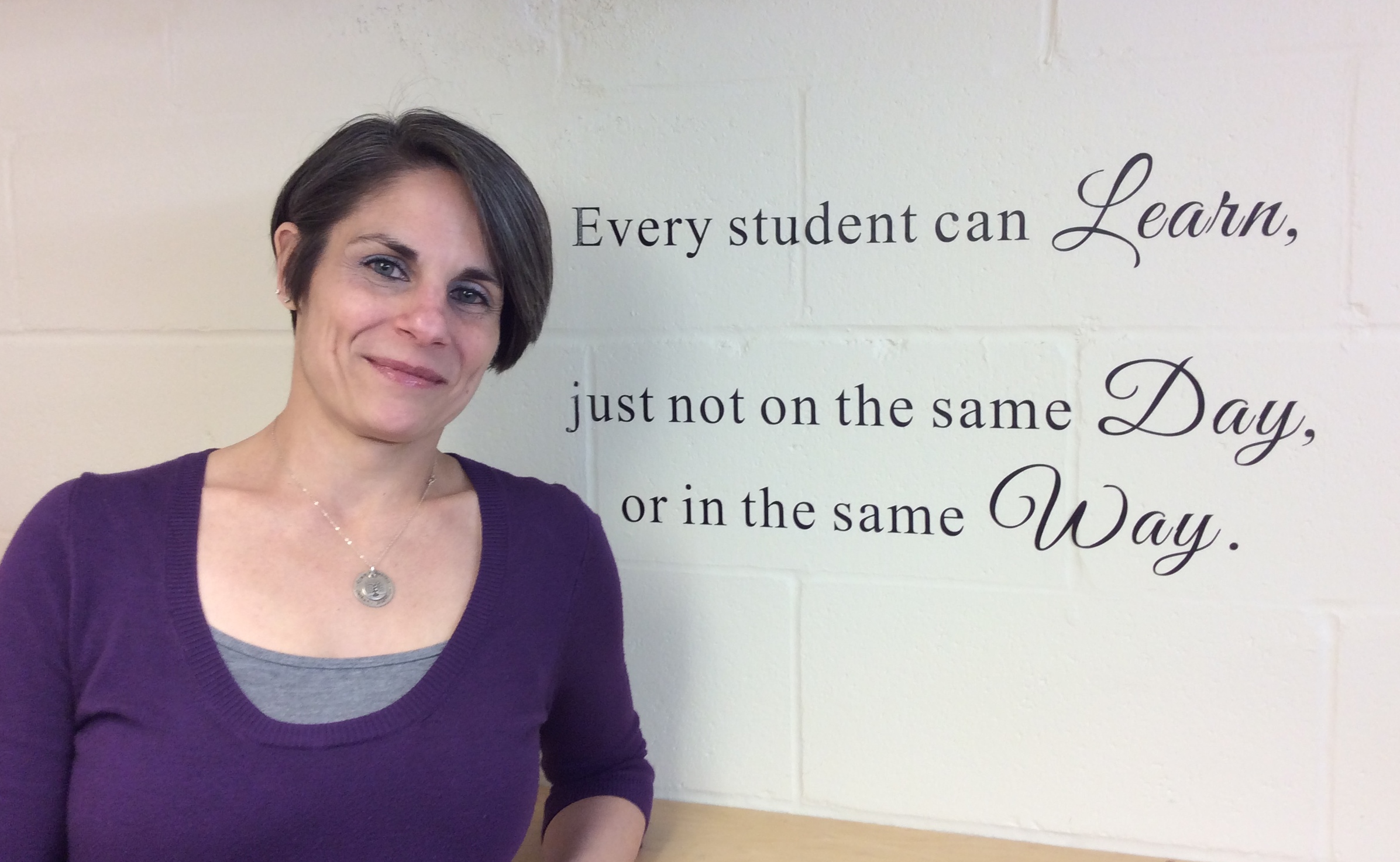School is out!
By now you’ve heard that both public and private school will be closed following March Break for at least two weeks. Schools may, or may not, be providing instructional materials and/or online academic support. But amid the confusion and uncertainty, there is a silver lining. Not only does this three week “staycation” provide time for family bonding and reconnection, it carves out specific time for you to work with your children on developing and reinforcing foundational skills that are necessary for reading and academic success.
For many children, underdeveloped perceptual skills contribute to academic challenges in school. The Search & Teach Program offered through NILD Canada is designed to provide early identification and intervention for children in Kindergarten through Second Grade. This program helps those who need additional support to refine their visual and auditory discrimination, memory, sense of directionality and fine-motor skill.
The following is a list of suggested “at home” activities from the Search & Teach Program that you can do during the extended school break to help support your child’s perceptual development in the absence of formal instruction:
Visual Discrimination
Visual Discrimination is the ability to recognize details in visual images. It allows students to identify and recognize the likeness and differences of shapes/forms, colors and position of objects, people, and printed materials.
- Use 2 sets of magnetic letters on a whiteboard or cookie sheet and have the student match individual letters and groupings/rows of letters.
- Play “Tell me what _______ looks like”; have the student describe what an object, letter or number looks like.
- Commercial Games, such as “SWISH Jr.”, “Find-It” and “I SPY Find-It-Fast” provide fun and interactive opportunities to make fine visual discriminations.
Visual Figure-Ground
Visual Figure-Ground is the ability to see an object in a busy background.
- Read the “I Spy” and “Where’s Waldo” series of books with your child to help him/her to make fine visual discriminations against a distracting background.
- Play commercial games, such as “Lite Brite” or “Bead-Do” (by Hape), but place the image beside the game board. Encourage the student to recreate the picture on the blank surface, using 1-to-1 correspondence and a systematic “top-to-bottom”, “left-to-right” approach.
Visual Memory
Visual Memory is the ability to remember or recall information that has been viewed in the past.
- Briefly show your child a series of 3 items (numbers, letters, colours). Cover the items. Ask him/her to write them down in the order s/he remembers them. As s/he shows mastery with 3 items, increase the number of elements.
- Play commercial games, such as “Concentration” or “Guess Who?”
Auditory Discrimination
Auditory Discrimination is the ability to recognize difference in sounds.
- Play rhyming games such as “If I say fish, you say ____”.
- Take turns saying as many words as you can think of that begin with the same sound (eg. bat, boy, book, bun, etc.); do the same with ending sounds.
- Play “Same/Different” by saying two words and asking if they are exactly the same or different (This is not rhyming, but for words that are exactly the same – cat/cat).
Auditory Sequencing/Memory
Auditory Sequencing/Memory is the ability to remember spoken sequences such as numbers, words and sentences.
- Play the game “You say what I say” – start with short sequences (3) and work up to longer ones (up to 7) – ie. “9, 2, 4” or “n, x, t, p” or “yellow, orange, red, white, blue”.
- Ask “before/after” questions – “Today is ____ What will tomorrow be?”
Sound/Symbol Association
 Sound/Symbol Association is Phonics.
Sound/Symbol Association is Phonics.
- Play a game of “What sound do you hear at the beginning (or end) of _____?”
- Spread out the letters of the alphabet on a table and say a word. Then, ask the student what beginning sound they heard, have him/her select the letter from the table and say the letter name.
Directionality
Directionality is the ability to relate to/indicate direction in space.
- Talk about things in relation to left / right as often as possible – “Please pass the papers with your right hand.” “Open the left cabinet to find the construction paper.”
- Play “Simon Says”, using commands involving the use of left / right sides.
- Dance the “Hokey Pokey” 🙂
Visual-Motor Integration & Pencil Grip
Visual-Motor Integration & Pencil Grip is the coordination of visual perceptual abilities and fine motor control.
- Dot-to-dot & tracing activities – start with straight lines, then move on to simple shapes (square, triangle). Draw 2 parallel lines about 2.5cm apart and have the student draw lines between them, gradually narrowing the space as s/he gains more fine-motor control.
- Teach the student how to work through simple mazes.
- Use of a pencil grip &/or a triangular pencil is usually very helpful.
- When possible, use chalk on a vertical surface, such as easel or wall-mounted chalkboard.
- Encourage a consistent top-to-bottom, left-to-right formation of letters and numbers.
Finger Schema
Finger Schema is the sensory feedback from tactile stimulation [touch] of the fingers. It is indicative of the student’s awareness of their own body in space in relation to their fingers and is an important factor in developing proper pencil grip and fine motor skills.
- Have the child close his/her eyes and then lightly touch the first knuckle of a finger (or two) and ask him/her to tell or show you which finger was touched.
- Strengthen the small muscles of the hand and fingers with some of the following exercises:
- Put coins in a bank / buttons in a jar, etc.
- Screw jar lids on and off / Put nuts and bolts together and take them apart.
- Squeeze a sponge / Use play-dough to squeeze, roll, shape, press.
- String beads on a shoelace; Tie and untie knots in a rope.
- Teach the student to snap their fingers.
- Use tweezers to move small objects / drop them in a jar.
- Encourage play with Lego, K’nex, other building sets.
- Practice cutting with scissors.
For older students, if you are looking to limit screen-time (and who isn’t, these days?) consider taking this opportunity to teach or practice cursive writing skills. Many schools, in their hurry to move into the digital era of iPads and laptop programs, are rushing through – or skipping over entirely – instruction in handwriting. And student-ability to efficiently put ideas on paper is suffering. One only needs to Google-search “the importance of cursive writing” to find innumerable articles on the benefits of learning to form letters by hand. From increased speed and legibility to promoting higher level thinking processes, there seems to be no doubt that practice with cursive writing would be time well spent.
Suggestions for Cursive Writing Instruction
- To promote and encourage fine motor skill, try some of the suggestions listed above under “Visual Motor Integration” and “Finger Schema”.
- Teach lower-case letters before upper-case letters/capitals.
- Teach letters by similar grouping and formation:
-
- o c, a, d, g, o, q
- o i, t, u, v, w, p, j
- o e, l, b, h, k, f
- o m, n, z
- o x, y
- o left-overs: r, s
-
- When possible, use chalk on a vertical surface, such as easel or wall-mounted chalkboard.
- Try writing letters in sand or shaving cream for a multi-sensory experience.
So, during this extended interruption to formal school education and study, embrace the break from the hustle and bustle of daily life! Enjoy the opportunity to engage in activities that will make a difference when school is back in session.
In the meantime, stay safe, stay healthy and stay at home 😊

